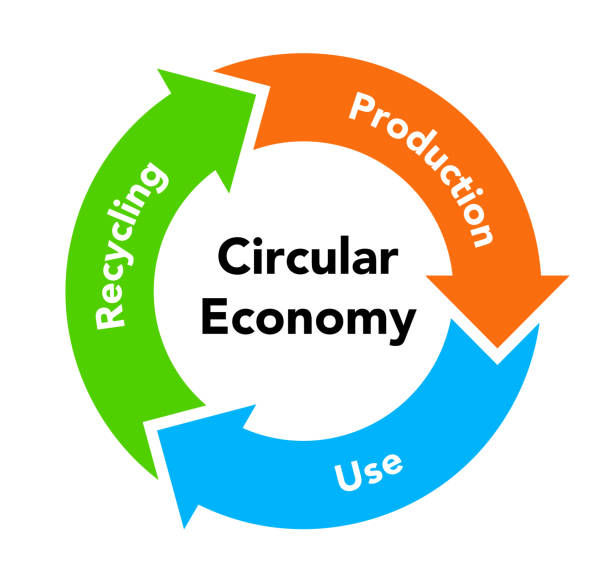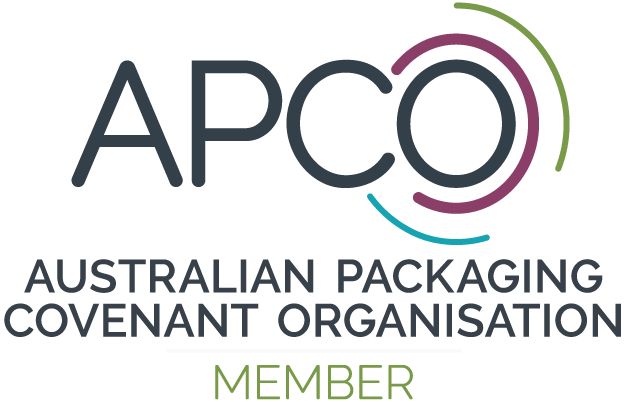SustainabilitySharing our Green OptionsOur Green packaging is certified globally as per following. offering you many choices.
|  |
Our Packaging Portfolio
|
Standard
|
Recyclable
|
|
Renewable
|
CompostableUsing certified compostable films and materials (including adhesives
Application formats: Rollstock, SUPs |
Sustainability
2025 is getting closer. Are you ready?
Australia’s Federal and State Environmental ministers and the Australian Packaging Industry have committed to ambitious sustainability targets leading up to 2025.
Our packaging portfolio is focussing on sustainability and recyclability. We are always evaluating how we can reduce, reuse and recycle. When considering packaging, we need to consider the product it contains and find the balance between product preservation and the packaging life cycle.
Viable solutions are available today to enable recycling of previously difficult to recycle flexible packaging. Contact us to discuss:
- Flexible packaging solutions suited to widely available “Return to Store” collection systems
- Single-polymer pouch solutions for enhanced recyclability.
- Compostable barrier packaging solutions are available
Segapac is here to guide you on your sustainability journey.
Our Commitment
 |  Annual Report and Action Plan |
| Flexible packaging | Flexible packaging has many environmental advantages, including its ability to:
|
| Eco-friendly Packaging | As a whole, flexible packaging requires 75% less material to produce the finished product than bottles, jars, and other hard, inflexible, rigid packaging. |
| Reusable & Resealable | Stand up pouches are reusable and resealable for multiple uses — keeping the contents fresh and free from odors, moisture, and oxygen in an airtight environment. |
| Heat Sealable | Heat-sealed bags provide a tamper-evident finish that customers have come to expect. Heat sealing extends product shelf life, maintains freshness, and ensures food safety. |
| Raw materials | Segapac sources raw materials to produce roll stock and plastic pouches that can be recycled or composted, including plastic films, inks, and adhesives. |
| Sustainable inks | polymer-based inks, which do not contain any hazardous air pollutants (HAPs). These inks consume less energy and emit fewer greenhouse gases than solvent-based or UV-curable inks |
| Cost Savings | Stand up pouches provide an all-in-one package solution; no caps, lids, or inserts are required. Flexible packaging typically costs three to six times less per unit than rigid packaging. We offer a variety of different sustainable films and resealable zippers, including:
|
| Alternative-Digital print options elimination of plate + set-up fees | Digital printing provides a handful of economic benefits to brands.the use of HP Indigo 20000 digital printers eliminate the need to produce and process plates and cylinders during the printing process, reducing the amount of energy expended during setup and production. This also allows for minimal print set-up compared to conventional printing (flex and rotogravure), which use higher volumes of ink and substrates |

Compostable and biodegradable Packaging.
Eco-Friendly Alternative to Plastic
| What is Compostable Packaging? | Compostable food packaging will break down in a way that's far kinder to the environment than plastic after it has been used. When disposed of in the right way, compostable packaging will return to earth quickly and safely because it's made from plant-based and recycled materials. One of the biggest benefits to the environment is that compostable packaging requires less carbon to produce. It also reduces the amount of waste sent to landfill, while providing the Earth with beneficial nutrients as it breaks down. |
| Biodegradable VS Compostable - What's the difference? | What is biodegradable packaging? It's very similar to compostable packaging, but there are some subtle differences. Biodegradable packaging will usually break down in three to six months, while compostable packaging is much quicker. This is because certified compostable materials don't produce toxins as they deteriorate - it takes less time to degrade, and can also provide the earth with nutrients during the process |




